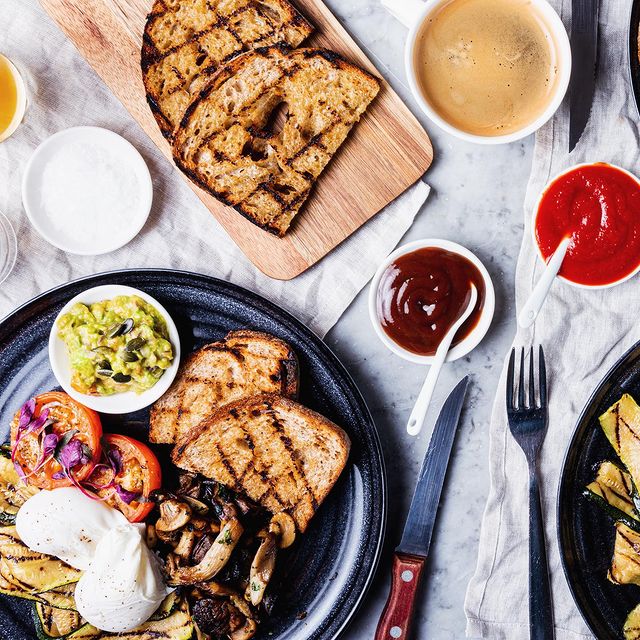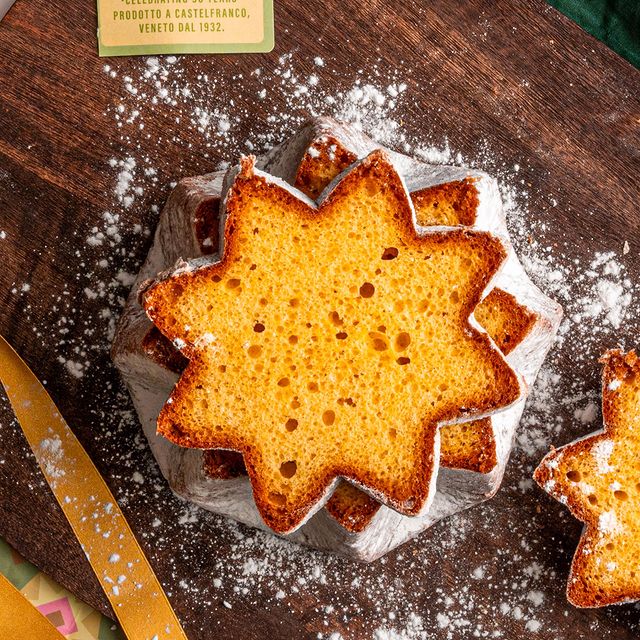A Guide to Carluccio's Speciality Pasta - Moving Beyond Spaghetti
Speciality Pasta - Unique Shapes, Colours and Flavours
When you think of Italian pasta, spaghetti might be the first shape that come to mind. But Italy is a country with a rich and diverse culinary landscape, and its pasta shapes are as varied and regional as its dialects. At Carluccio's, we are proud to celebrate this tradition with our curated range of speciality pasta. These are often not easily found in your average supermarket. Each shape is chosen for its unique history, texture, and ability to hold a specific type of sauce.
Let's take a journey through our collection and discover the perfect pasta for your next Italian feast.
Trottole al Bronzo
History: Trottole, meaning "spinning tops," is a pasta shape from Puglia. It's a tight, coiled spiral with a distinctive shape that's perfect for capturing rich sauces. The "al Bronzo" refers to the traditional bronze dies used to cut the pasta, which creates a rough, porous surface. This texture is key to making sauces cling beautifully to every strand.
Serving Suggestion: Trottole is a fantastic choice for chunky sauces. Its coils are ideal for scooping up a hearty ragù, or a sauce with finely chopped vegetables like our Sugo All'Ortolana. The rustic texture of the pasta stands up well to robust flavours.
Galletti al sei sapori
History: Named for its resemblance to a rooster's crest ("galletti"), this unique pasta is a true feast for the eyes. The "sei sapori" or "six flavours" indicates that it's naturally coloured using ingredients like spinach, tomato, and black olive, creating a vibrant, multi-coloured pasta. It’s a wonderful example of Italian innovation in using natural ingredients to create something beautiful.
Serving Suggestion: Given its intricate shape and delicate flavours, Galletti is best paired with a smoother sauce that can coat its nooks and crannies. A simple tomato and basil sauce (Sugo Pomodoro e Basilico) or a light cream-based sauce allows the pasta's unique shape and colours to be the star of the dish.
Spaghetti al Nero Sepia
History: This dramatic black pasta gets its striking colour and a subtle flavour from cuttlefish ink. A classic from coastal regions, particularly Sicily, it evokes a sense of the sea with every bite. Traditionally, it was a way of using all parts of the cuttlefish, embodying the Italian philosophy of cucina povera (poor cuisine), where nothing goes to waste.
Serving Suggestion: As you might expect, Spaghetti al Nero Sepia is the perfect partner for any seafood sauce. Try it with a light clam and tomato sauce (Sugo alle Vongole) or with fresh prawns and a touch of garlic, chilli, and olive oil. The black colour provides a stunning contrast to the vibrant red or pink of the seafood.
Lumaconi Giganti
History: "Lumaconi Giganti" translates to "giant snails," and this pasta's shape perfectly mimics the shell of a large snail. Originating from the Campania region, these large, open shells were designed to be filled. Their concave shape makes them a fantastic vessel for catching and holding onto sauce.
Serving Suggestion: Lumaconi Giganti is a favourite for baked pasta dishes (pasta al forno). They are excellent when stuffed with ricotta and spinach, or with a rich, slow-cooked meat ragù and then baked with a generous layer of béchamel and cheese on top. Each bite is a delicious, sauce-filled parcel.
Penne Regine
History: "Penne" means "quills," and "Regine" means "Queens." This is a large, regal version of the classic Penne shape. Its wide, tubular form and ridged surface make it a perfect canvas for hearty sauces. It's a staple in Puglia, where its robust shape is a match for the region's classic, rustic sauces.
Serving Suggestion: Penne Regine shines when paired with chunky, slow-cooked meat ragù or thick, vegetable-based sauces. The ridges and large opening allow it to capture every bit of flavour. It is also the ideal choice for a classic pasta salad or for our famous Penne Giardiniera.
Trofie
History: Trofie is a short, twisted pasta from Liguria, a region famous for its basil and olive oil. Legend has it that the name comes from the Ligurian word strufuggiâ, meaning "to rub," referring to the hand-rolling technique used to create the shape. The pasta's pointed ends and thick centre make for a wonderful chewy texture.
Serving Suggestion: There is only one true pairing for Trofie, and that is Pesto Genovese. The nooks and crannies of the twisted shape are a perfect match for the creamy, herby sauce. For a truly authentic Ligurian meal, serve it with boiled potatoes and green beans.
Orecchiette di Puglia
History: "Little ears" from Puglia, Orecchiette is one of the most beloved and ancient pasta shapes in all of Italy. Traditionally, women would sit outside their houses in Bari and form these cup-like shapes by pressing and dragging the dough with their thumb. The thinner centre and thicker rim give it a unique texture.
Serving Suggestion: Orecchiette is famous for its pairing with Cime di Rapa (broccoli rabe). The "little ears" are perfect for scooping up the small florets of the vegetable. It also works beautifully with simple sauces that have a bit of texture, like a garlic and olive oil sauce with toasted breadcrumbs.
Bucatini al Bronzo
History: Hailing from the region of Lazio and particularly Rome, Bucatini is like a thick spaghetti with a hole running through the centre. The name comes from the Italian word buco, meaning "hole." Like our Trottole, our Bucatini is also made using traditional bronze dies.
Serving Suggestion: The hollow centre of Bucatini is a game-changer. It allows the sauce to fill the tube, creating an incredible burst of flavour with every bite. It is the quintessential pasta for classic Roman dishes like Amatriciana, Carbonara, or Cacio e Pepe, where it holds onto the rich, peppery sauces perfectly.
If you are looking for something unique and special for your next Italian meal - well, you've come to the right place. Head to our shop and see what's on offer today.







